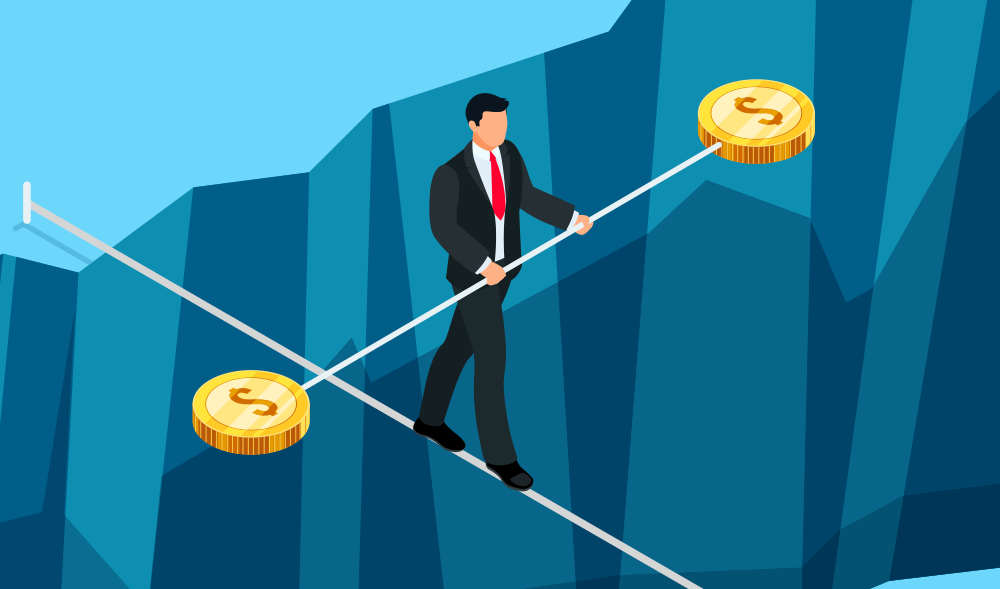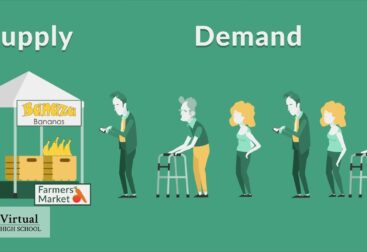In this post you will find
What is Risk Compensation Theory?
Every human has an appetite for risk and that varies from human to human. In any given situation, if the risks involved in it are more or less than the level of risk that the person finds acceptable then they decrease or increase the risks involved accordingly.

This is called Risk Compensation Theory and humans do these risk alterations subconsciously.
Risk Compensation examples:
Risk Compensation theory in driving:
Let us consider two scenarios,
First scenario: A bright sunny day, you are driving on a 5 lane highway and there is no other car in sight for at least the next few miles.
Second scenario: A damp, rainy, gloomy day. You are driving and the roads seem slippery. There are other cars on the road as well along with you.
In which scenario would you drive faster? Of course, the first scenario. Because the weather is good, no other cars, five-lane highway. The first scenario has lowered the level of risk considerably and you are more than comfortable driving in that scenario.
You would not dream of speeding up in the second scenario as the level of risk is already high given the weather conditions and the slippery roads.
Since the first scenario presents a situation where the risk level is considerably lower than most people’s risk appetite, you are more inclined to speed up to increase the level of risk in that situation to a level that is acceptable to you.
Since the second scenario is already dangerous, you are more inclined to drive slower to bring down the level of risk present in the situation to a level that you are fine with.
This happens subconsciously.
From these risk compensation examples, being aware of your subconscious actions based on the level of risk offered by your situation can help you explain most of your everyday actions.
Factors determining the level of acceptable risk
There are 4 factors that determine the level of accepted risk. The below excerpts are taken from BMJ Journals.
They are listed along with the best examples in the same driving scenario:
- The expected benefits of risky behavior alternatives (examples: gaining time by speeding, fighting boredom, increasing mobility).
- The expected costs of risky behavior alternatives (examples: speeding tickets, car repairs, insurance surcharges).
- The expected benefits of safe behavior alternatives (examples: insurance discounts for accident-free periods, enhancement of the reputation of responsibility).
- The expected costs of safe behavior alternatives (examples: using an uncomfortable seat belt, being called a coward by one’s peers, time loss).
Considering all the four above factors, you determine which actions would lead to maximum benefit and the net acceptable risks associated with those actions will become your target risk.
Why is risk needed?
You might argue whether the risk is actually needed. Why not just choose options that have no risk, then the possibility of any fatalities or accidents is NULL?
If we have to choose options with zero risk then the only possible option is ZERO mobility.
For example, just taking your car out and driving at just 10 miles an hour in itself poses a certain level of risk. What if the person behind you wants to go faster and your slowness is increasing that person’s tension and anxiety levels. Once the route gets cleared he/she might race past you and that might lead to a fatal accident for them or they could try to overtake you and that might put you off course which could lead to an accident to you as well.
Hence there is always a level of risk involved in almost anything that humans wish to do. For this reason, understanding the level of risk that is acceptable for us is important.
This target risk mentioned earlier is to acknowledge the fact that there is risk associated with every action and humans, in general, don’t look to minimize risk, rather they look to optimize it.
Given the situation and the constraints associated with it, what actions can I take within my target risk by which I can achieve the optimal outcome?
People at any moment of time compare the amount of risk they perceive with their target level of risk and will adjust their behavior in an attempt to eliminate any discrepancies between the two (BMJ Journal).
Now, let us see how this plays a role in financial decisions.
How Risk Compensation Economics plays a role in Financial decisions?
The best way to understand this is by using a real-world example that is more like the financial markets: Poker.
You are dealt a set of cards and all the other people on the table are also dealt a different set of cards. The amount that you bet is based on the cards you are dealt with.
You will bid higher if you have a pair or a two-pair. You might even go all in if you have a full house.
This is similar to how you make your financial decisions, your target risk changes based on the situation you are in and the cards you are dealt with.
One common situation for changes to our target risk is FOMO.
FOMO
If everyone is talking about a certain stock/cryptocurrency and everyone on Twitter and discord seems to be buying it, you feel that the asset can never go down in value.
Even if it is a riskier asset, your acceptable risk has gone up considerably because you feel more and more confident with each tweet you see about the same asset. Any due diligence you need to do before buying the asset is bypassed because you are biased towards that asset.
You get the feeling that you are missing out on potential gains if you do not get into this right NOW.
You read articles and tweets that only confirm your bias and neglect the ones that contradict your claim. This confidence grows even more and in no time you are YOLO-ing on this asset.
These are risky situations to be in, sometimes you might come out of it unscathed but there is more than a good enough chance that you will face huge losses.
To avoid these, we need to be aware of our bias caused by risk compensation.
Being aware of risk compensation theory
It is human nature to always keep the situation to your acceptable level of risk either by decreasing or increasing the risk.
If your investment portfolio is pretty sound and your external situation such as the health of you and your family, the mortgage is pretty decent then it is highly possible that your current level of risk is much lower than your target risk.
Times like these are when you are more than inclined to indulge in risky assets.
There is no remedy or cure to prevent yourself from apeing into different assets. The only thing you can do is be aware of how your decisions or biases towards certain things change.
If you feel strongly towards a comparatively riskier asset, ask yourself why?
If the answer to this is something that has nothing to do with the asset and more with the emotions of the crowd like positive feeling on Twitter, discord, people on r/wallstreetbets recommended this or the worst of it all, a certain celebrity bought this.
In these times, do take a step back and reevaluate your decision.
Is this really needed? Is the risk you are undertaking is using money that you can afford to lose? Only you can answer these questions for yourself.
Here is a beautiful quote from Warren Buffett on making a financial decision to conclude this article.
“Rule No. 1 is to never lose money. Rule No. 2 is to never forget Rule No. 1.”
Warren Buffett – Healio





